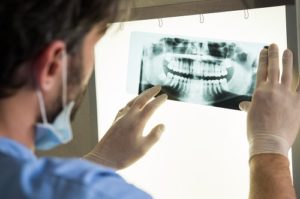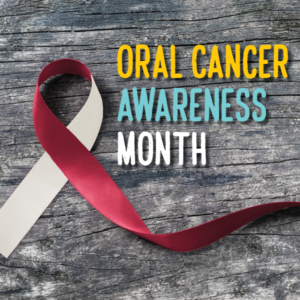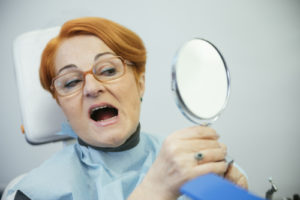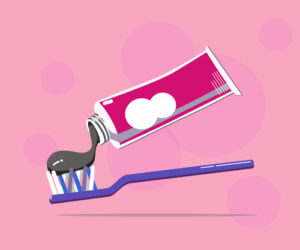 When we typically think of x-rays, we may immediately think of a huge machine that’s checking for a broken bone. Dental x-rays are a little bit different. They’re an important part of diagnosing disease or other problems. In fact, at our dental office in Modesto, we use dental x-rays as a crucial aspect to our approach to preventive dentistry so we can catch any issues early while they’re still easy to treat. This month, we examine a few things that dental x-rays can help us diagnose as well as some different types of x-rays you may have.
When we typically think of x-rays, we may immediately think of a huge machine that’s checking for a broken bone. Dental x-rays are a little bit different. They’re an important part of diagnosing disease or other problems. In fact, at our dental office in Modesto, we use dental x-rays as a crucial aspect to our approach to preventive dentistry so we can catch any issues early while they’re still easy to treat. This month, we examine a few things that dental x-rays can help us diagnose as well as some different types of x-rays you may have.
What Do Dental X-Rays Help Diagnose?
At your bi-annual dental appointments, you’ll receive an in-depth exam and thorough cleaning. During these procedures, we’re taking close look at your overall oral health. But there are a lot of places in your mouth where problems can hide. Dental x-rays help us see and diagnose these issues that otherwise would have gone unnoticed. Dental x-rays can help us see:
- Decay below the surface or in between teeth
- Bone loss caused by gum disease or other issues
- Impacted wisdom teeth
- Damaged bone
- Abscesses or cysts
Imagery obtained through x-rays give your dentist in Modesto the ability to diagnose disease or problems early and oftentimes before you experience any signs or painful symptoms.
What Are the Different Types of Dental X-Rays?
Dental x-rays can be classified as either intraoral or extraoral, both of which show different views of the mouth. Intraoral x-rays are more detailed images of individual teeth while extraoral x-rays show a more comprehensive look at the overall mouth including all of the teeth and the jaw. Each type of x-ray helps your dental team identify different things. Let’s take a closer look.
Intraoral X-Rays
Since intraoral x-rays show close-up details of each tooth, they’re helpful in diagnosing
- Decay between teeth or fillings
- Gum disease
- Bone deterioration
Extraoral X-Rays
With a broader view of the entire mouth, extraoral x-rays can help get an up-close-and-personal look at:
- Tooth development
- Potential Issues with the jaw joint (TMJ)
- Impacted teeth
Having dental x-rays taken can help save you from experiencing painful dental problems that may require complex treatment and are a necessary part of a proper preventive approach to dental care. These x-rays emit a low amount of radiation and, along with the additional safety precautions our Modesto dental office take, are incredibly safe.












